Southern Africa - South Africa, Botswana, Zimbabwe, Zambia, Namibia
August 23 - September 15, 2016
Part Six, Page Three - Chobe National Park, Botswana
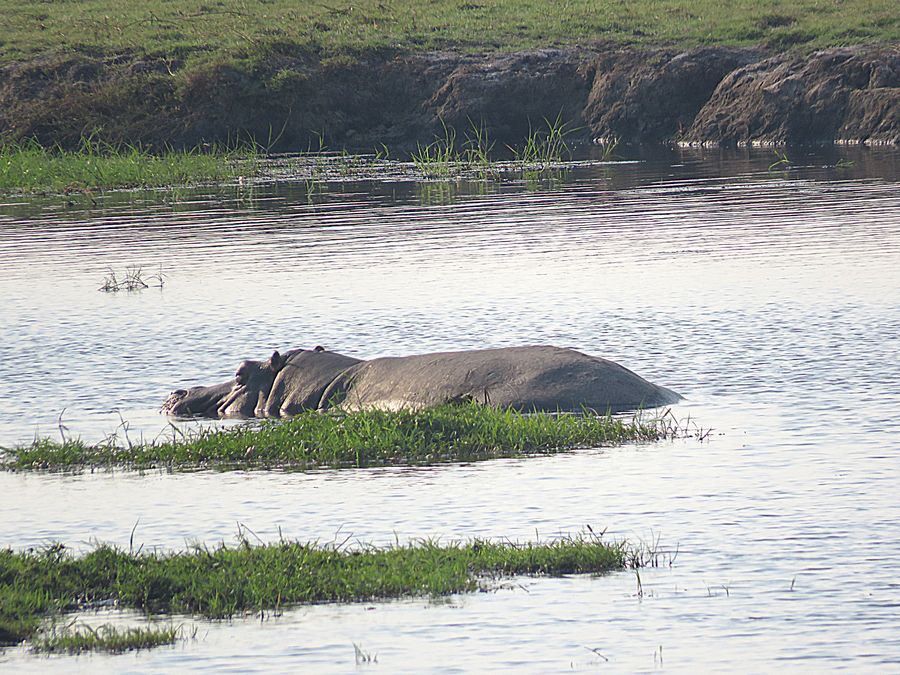
A hippopotamus in the river
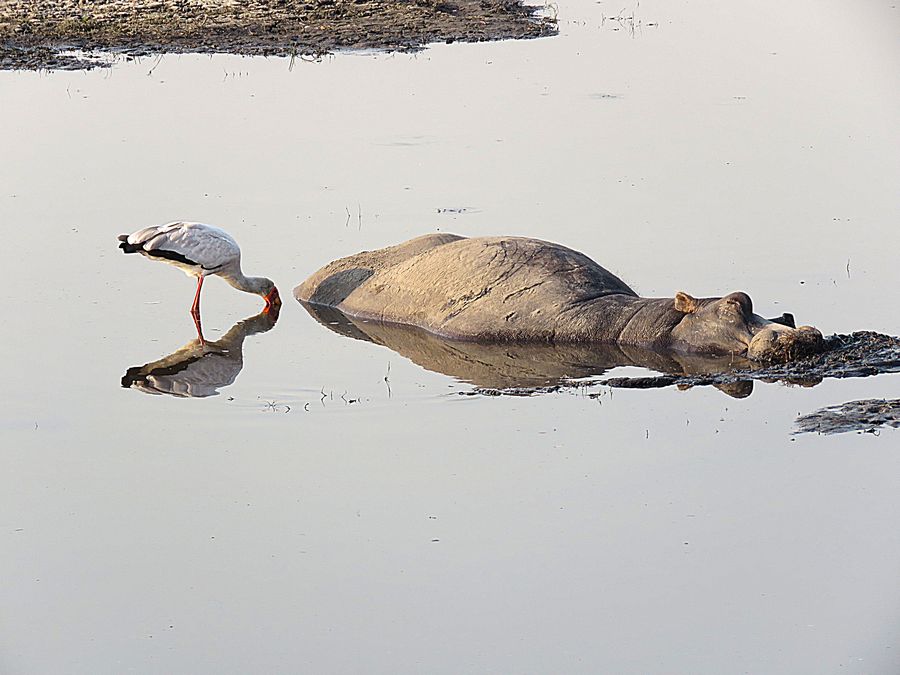
A yellow-billed stork feeding next to a sleeping hippo.
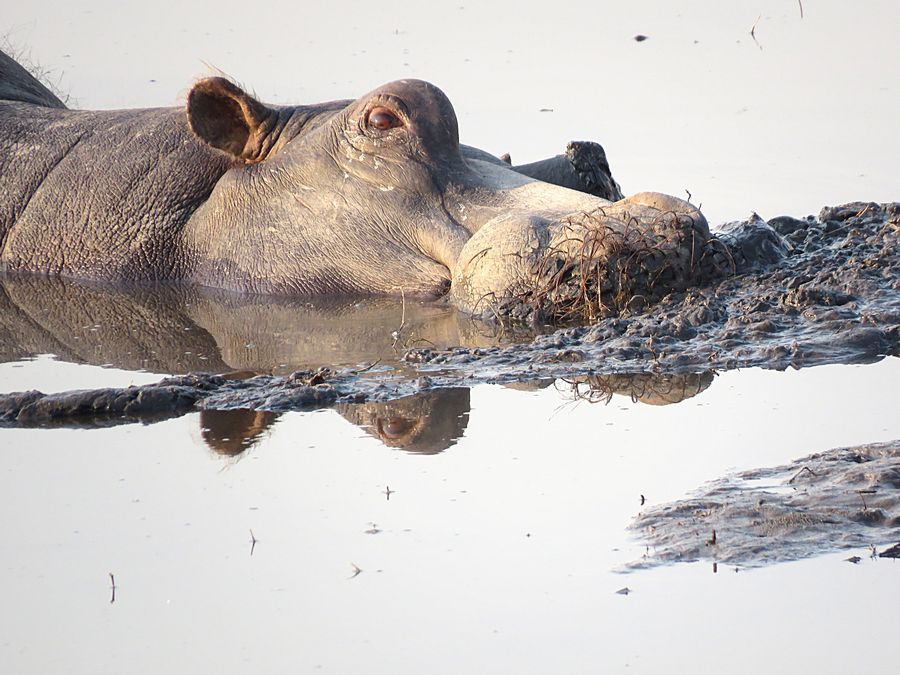
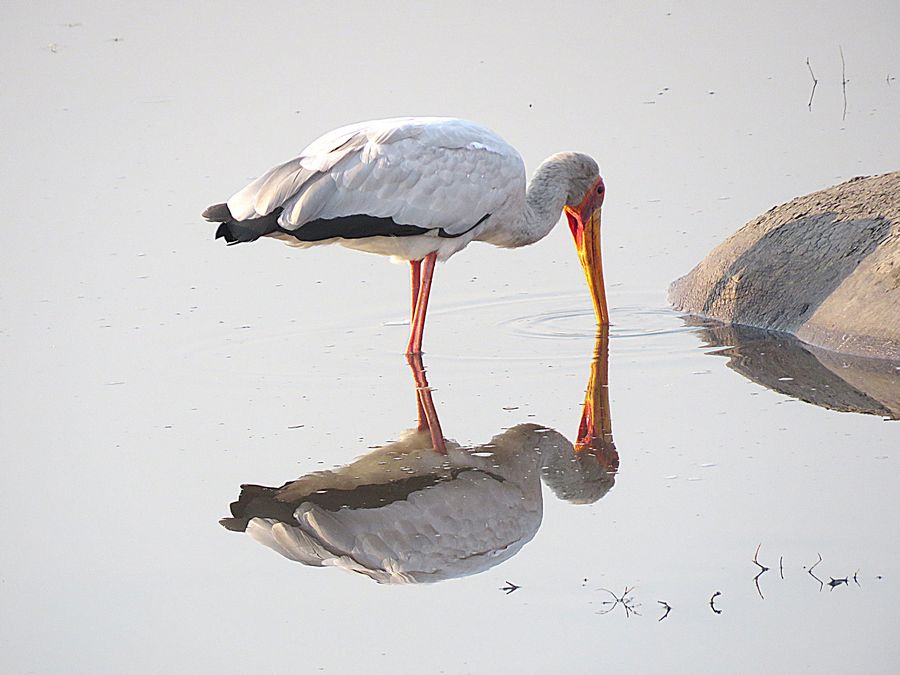
The reflection from the water created a nice effect
for this photo of the yellow-billed stork.
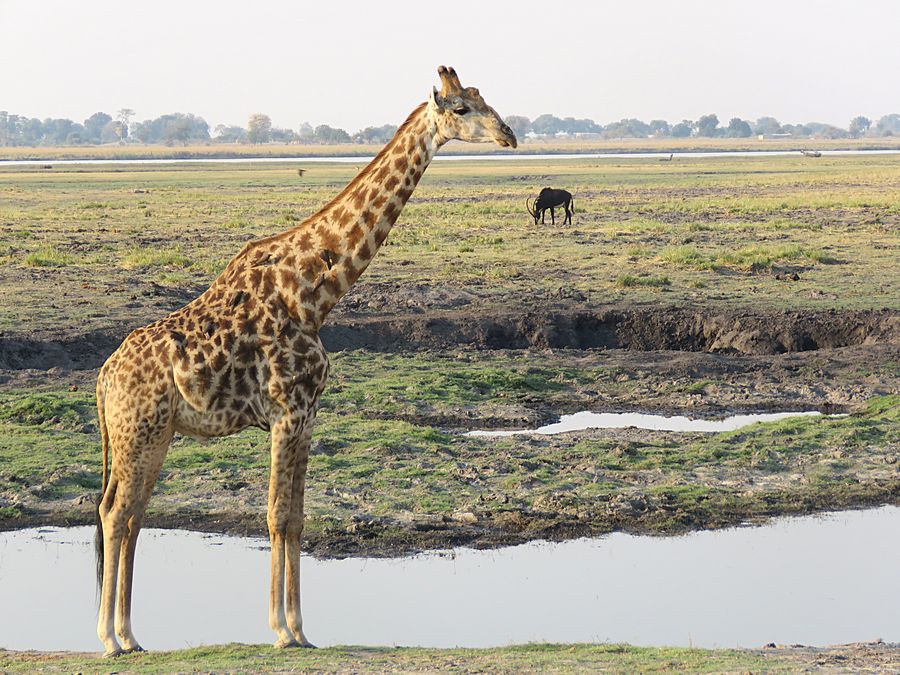
A male giraffe with a sable antelope in the background
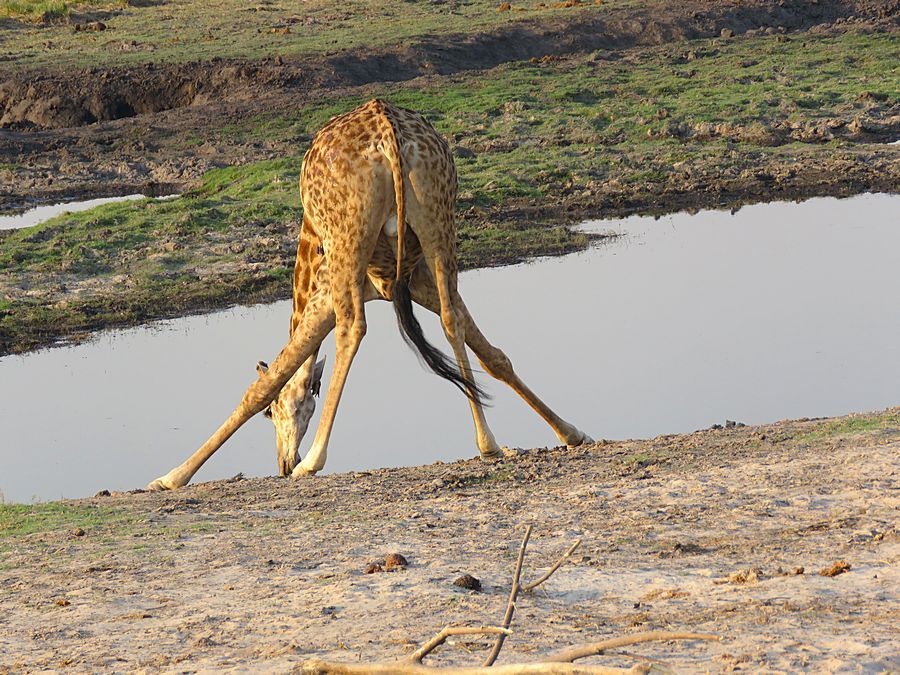
The giraffe drinking some water.
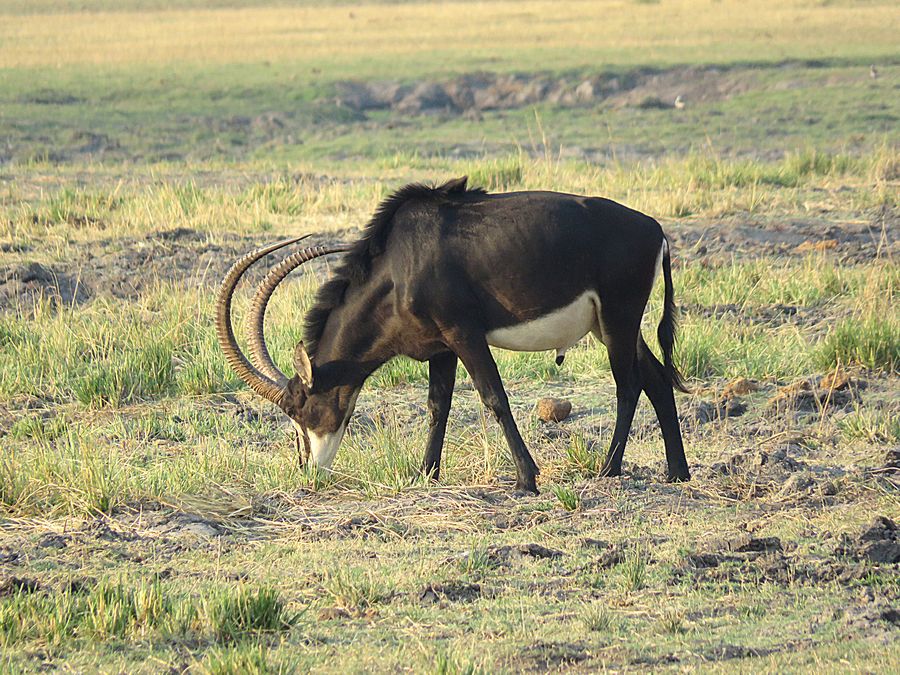
Sable Antelope - Has a long mane and swept back horns.
We saw them first in Hwange N.P. and Victoria Falls area.
This is a male. Males are black with white facial patterns
and underbelly.
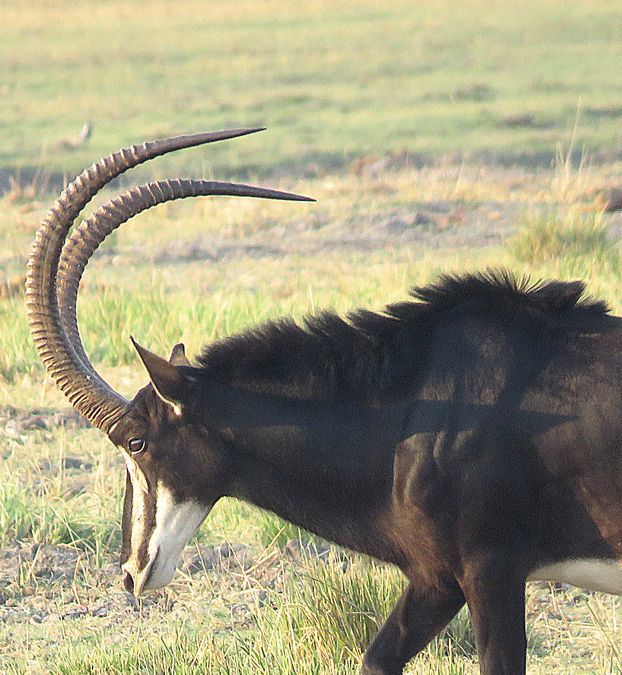
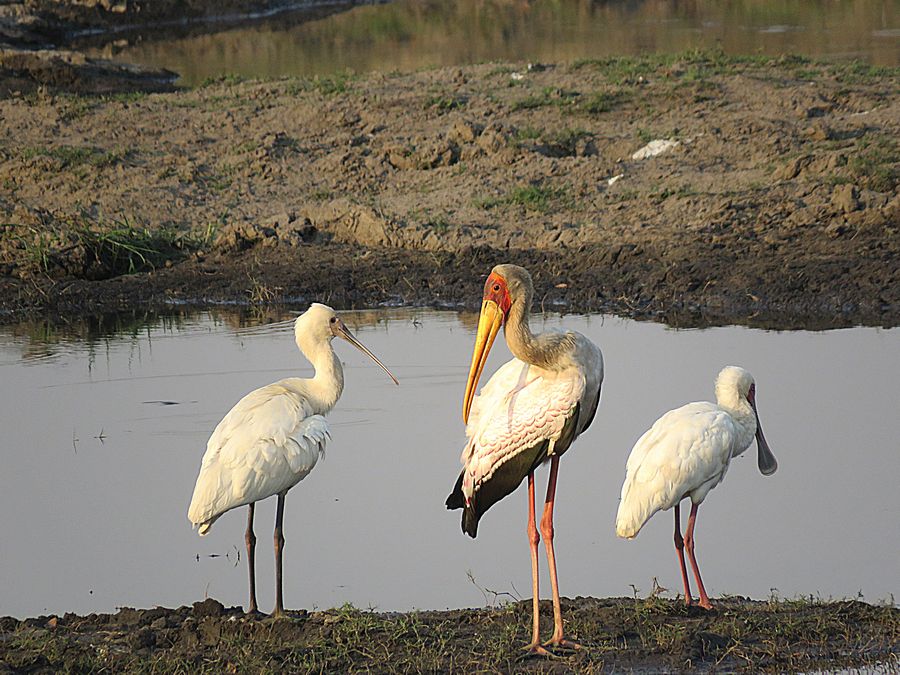
Two African Spoonbills with a Yellow-billed Stork in the middle.
The spoonbil on the left is immature, so does not yet have the
pink face of the adult.
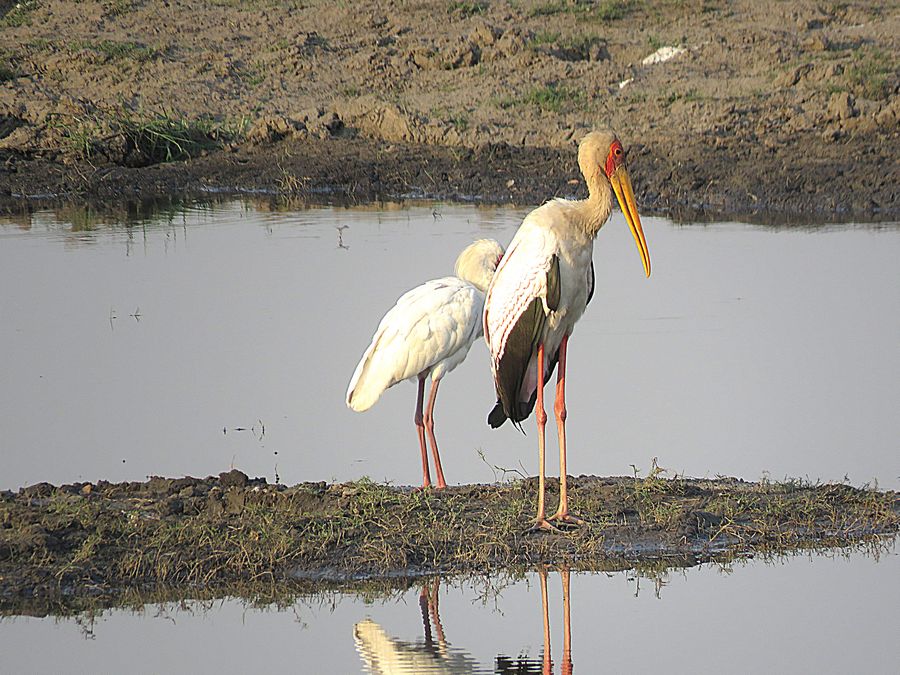
Yellow-billed stork and a spoonbill partially hidden.
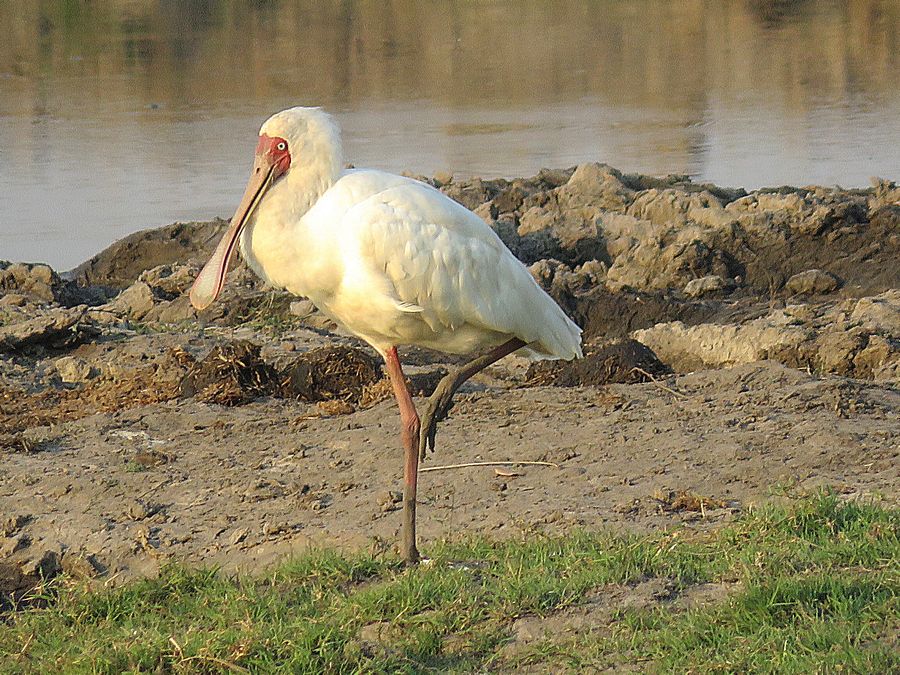
African Spoonbill in the late afternoon light. The bill is used in a
sweeping motion in shallow water to capture small
crustaceans and aquatic insects, small fish, and frogs.
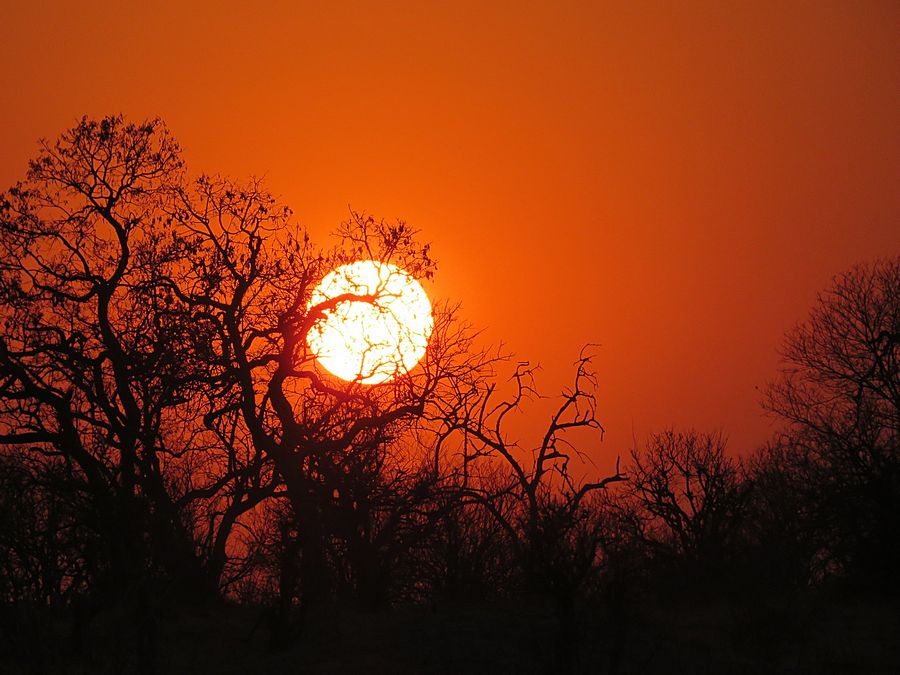
Another sunset
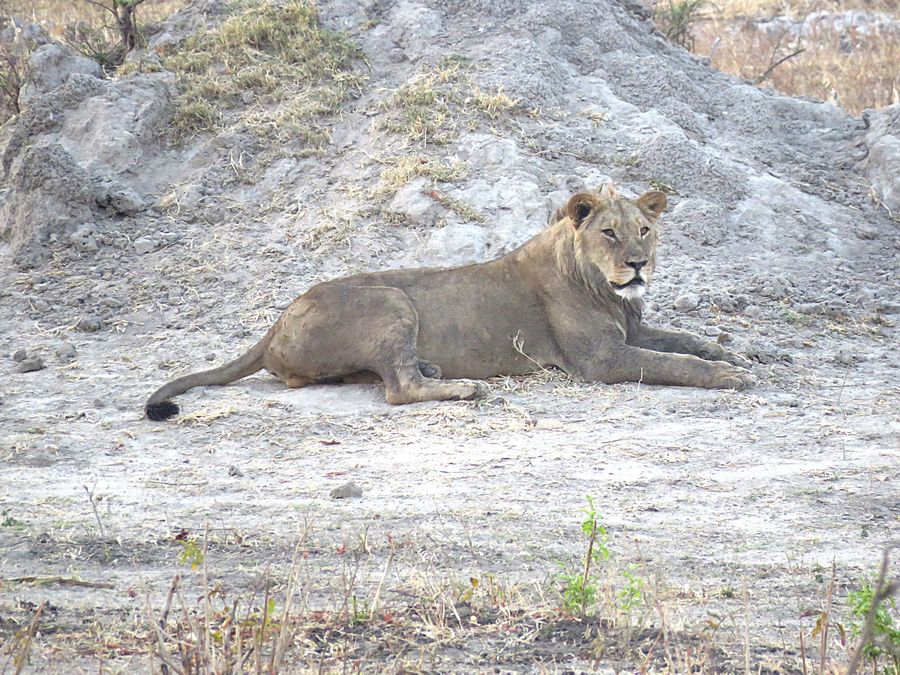
Male Lion at the base of a termite mound
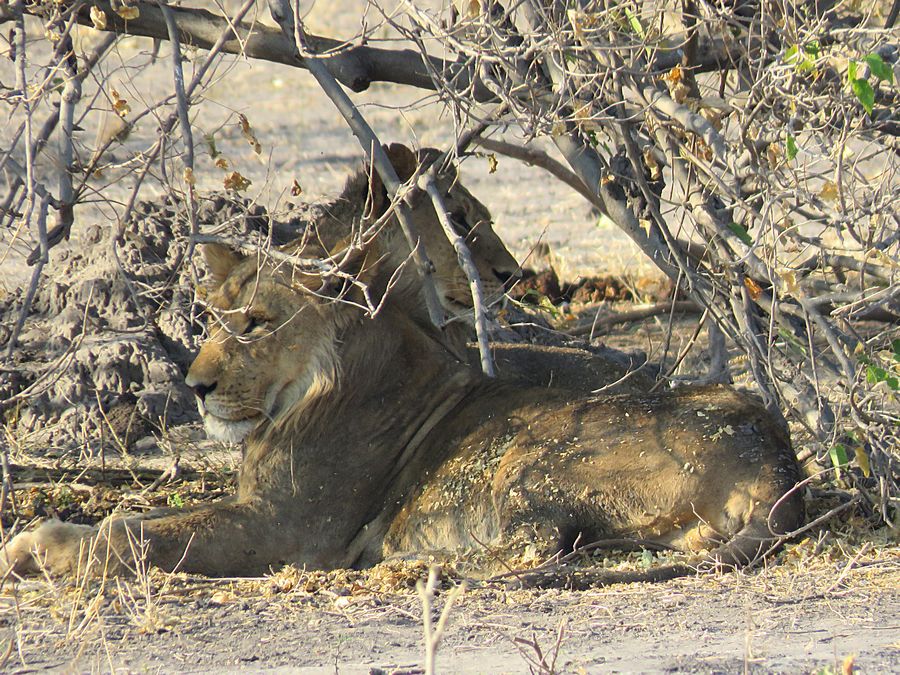
2 male lions relaxing
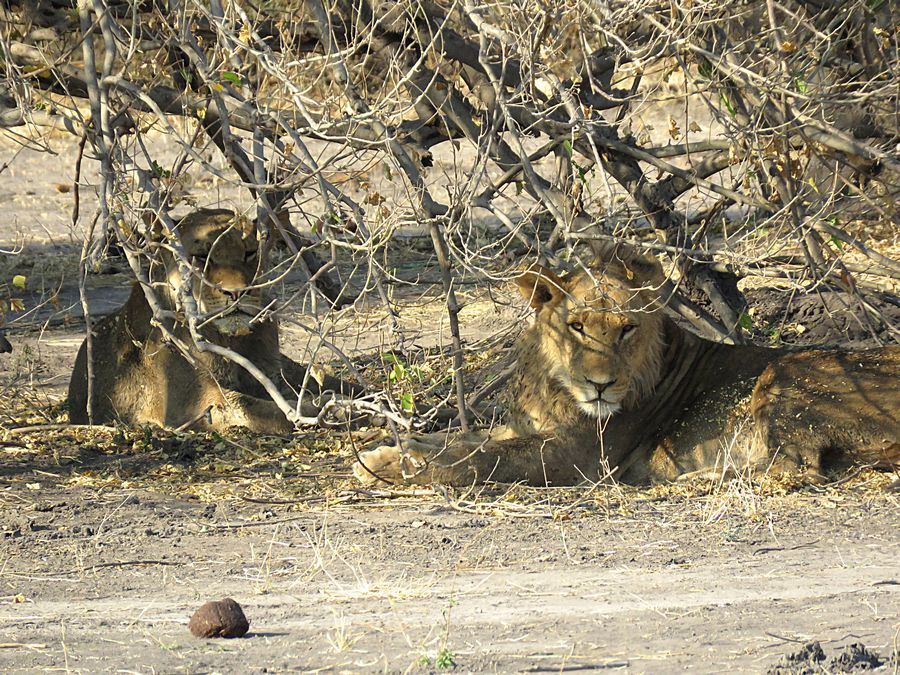
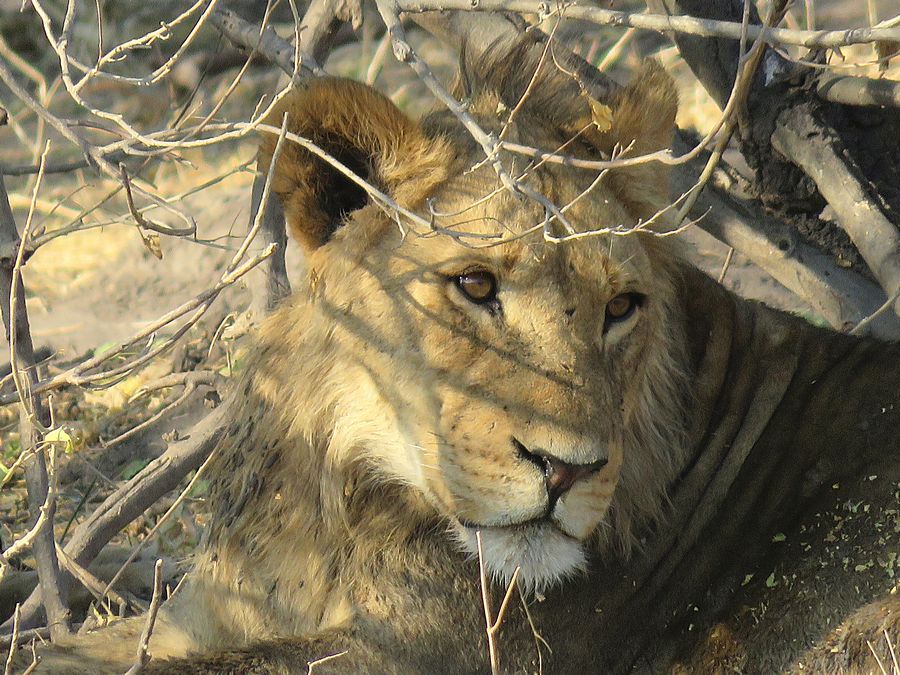
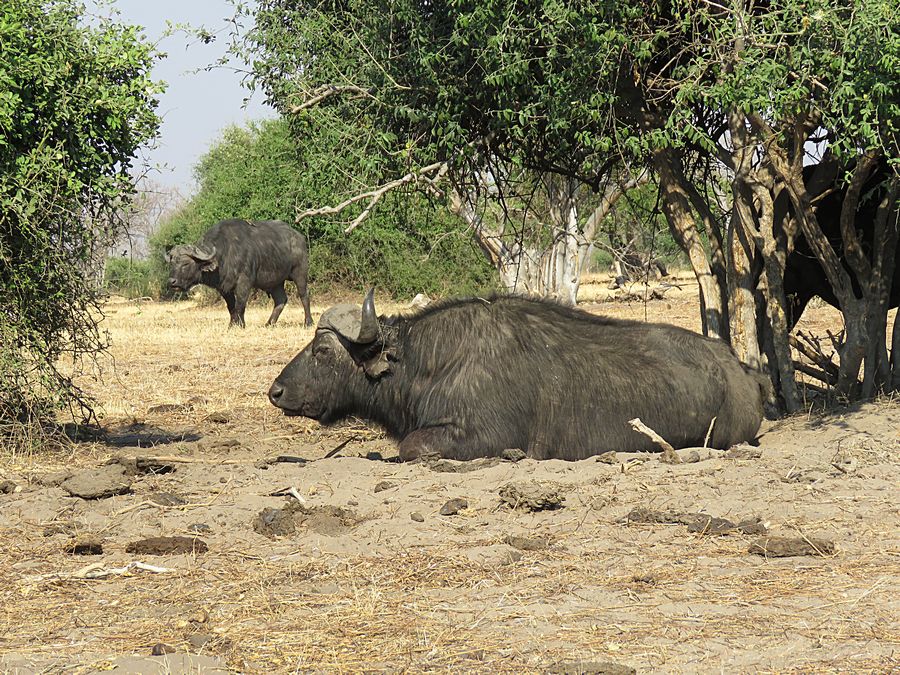
African buffaloes grazing and relaxing
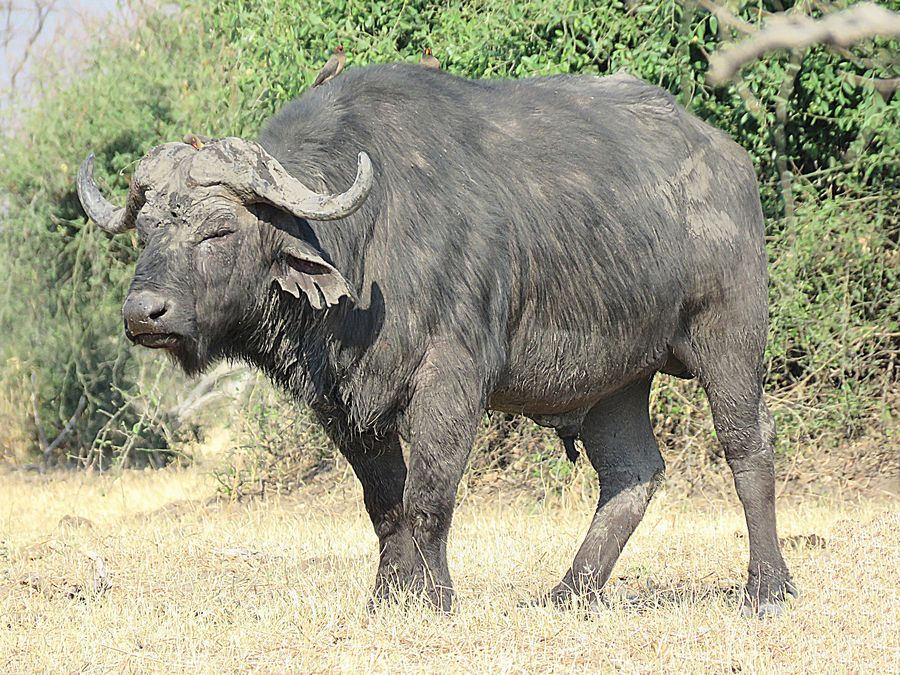
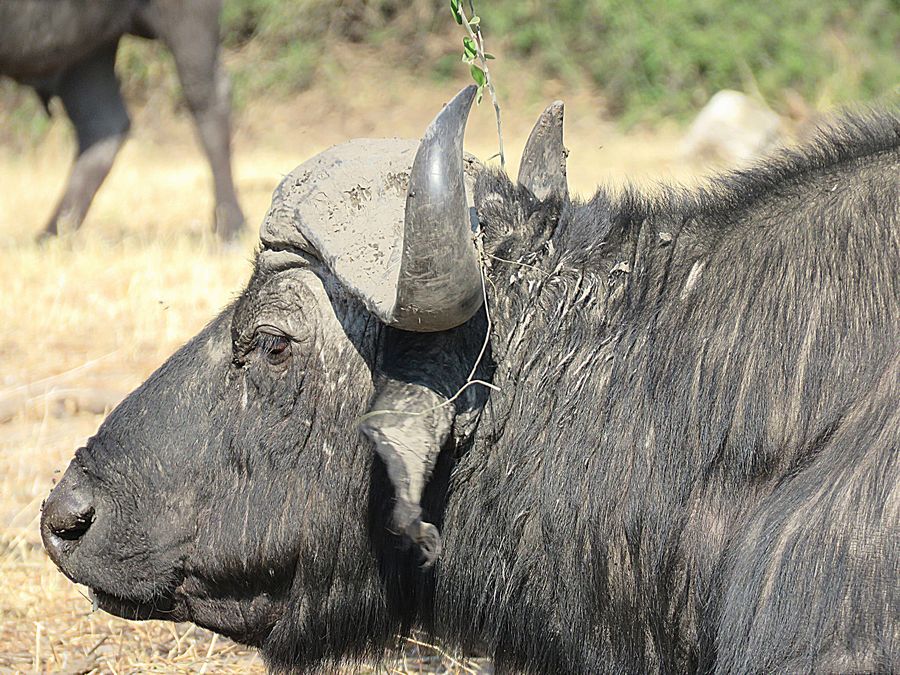
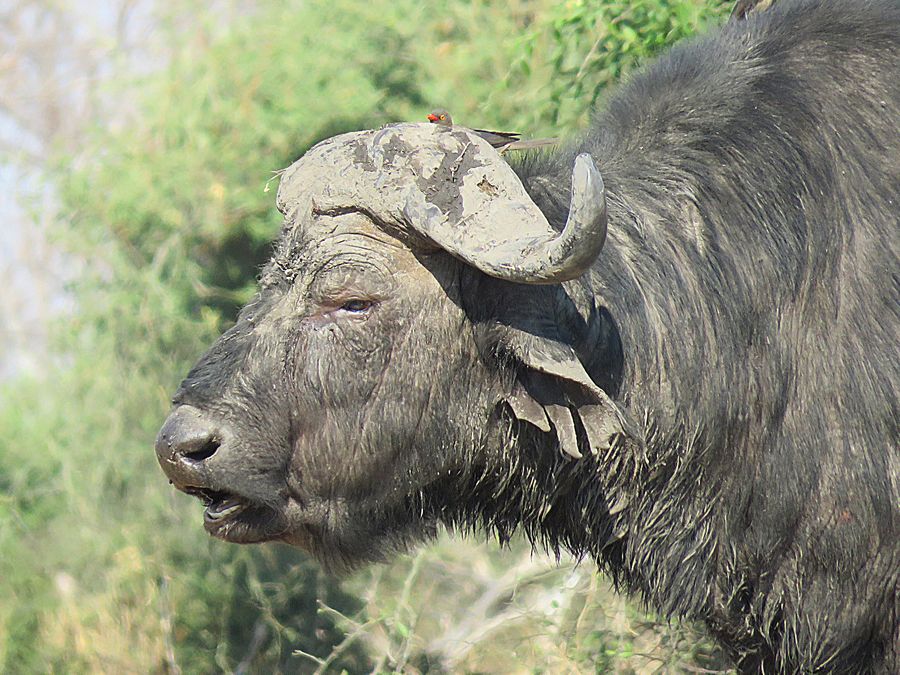
Note red-billed oxpecker peeking out above buffalo's head
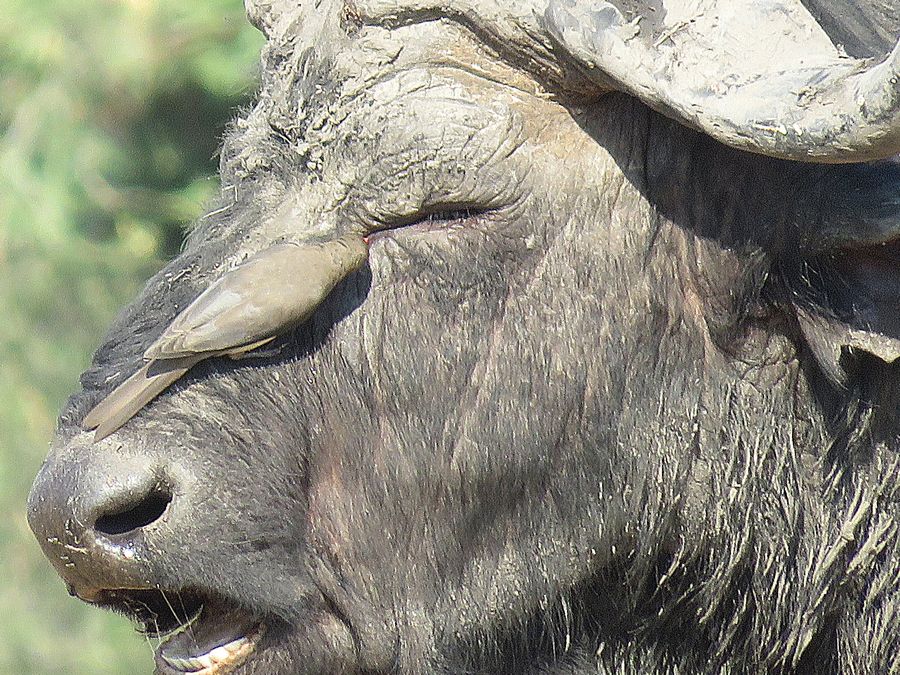
How can it stand to have the oxpecker pecking at its eye?
Notice the buffalo's teeth.
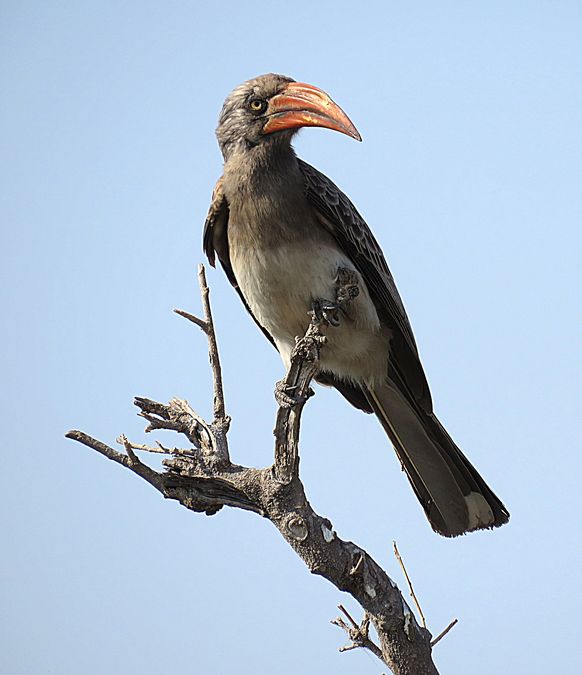
Bradfield's Hornbill. We saw a number of these, one
of my favorite birds that we saw.
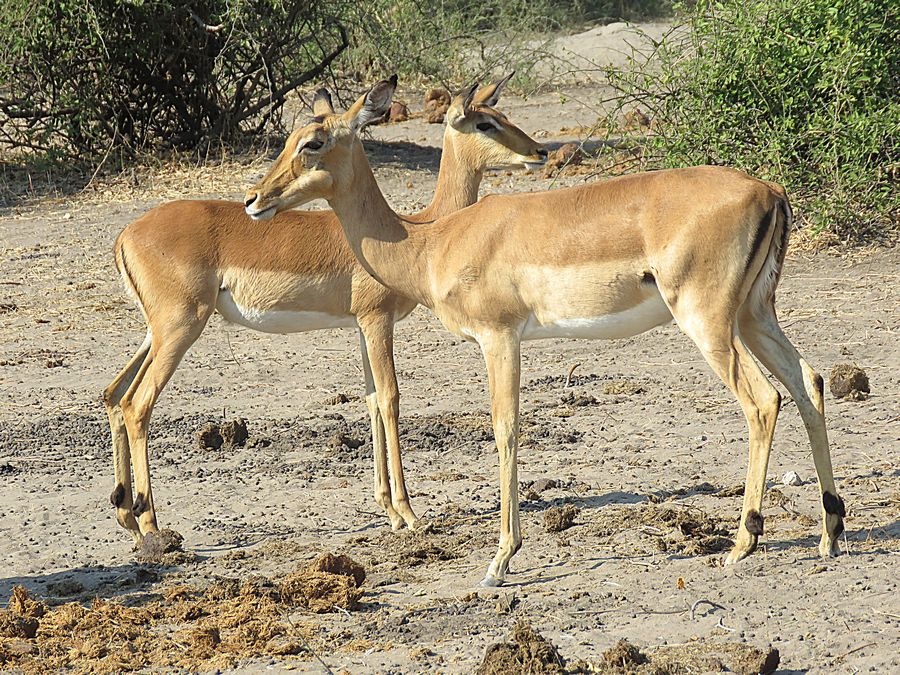
Female impala facing in opposite directions probably to
watch for signs of trouble.
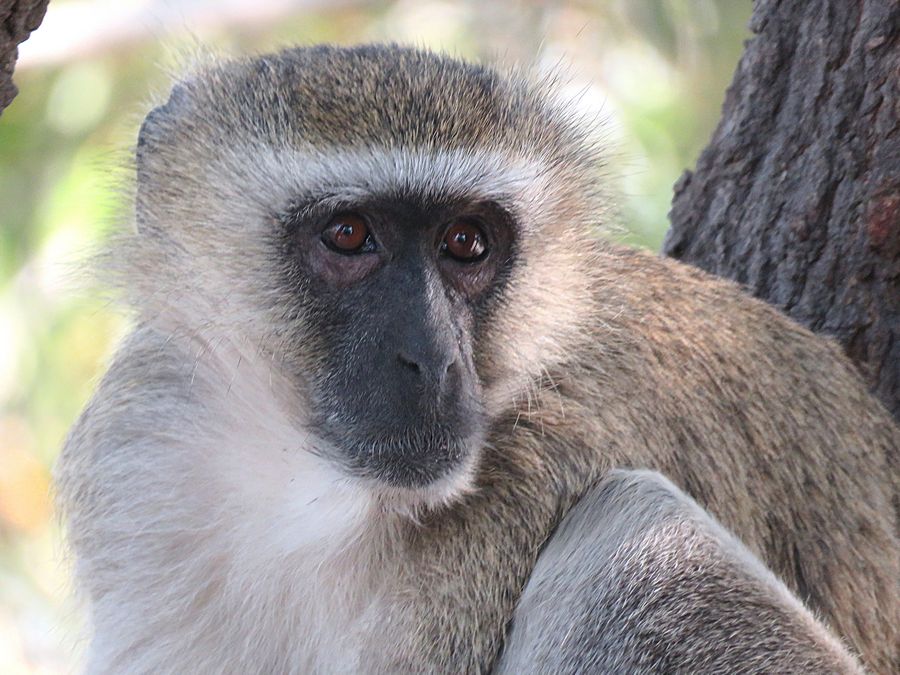
Vervet monkey in a tree at an area where we stopped for a break.
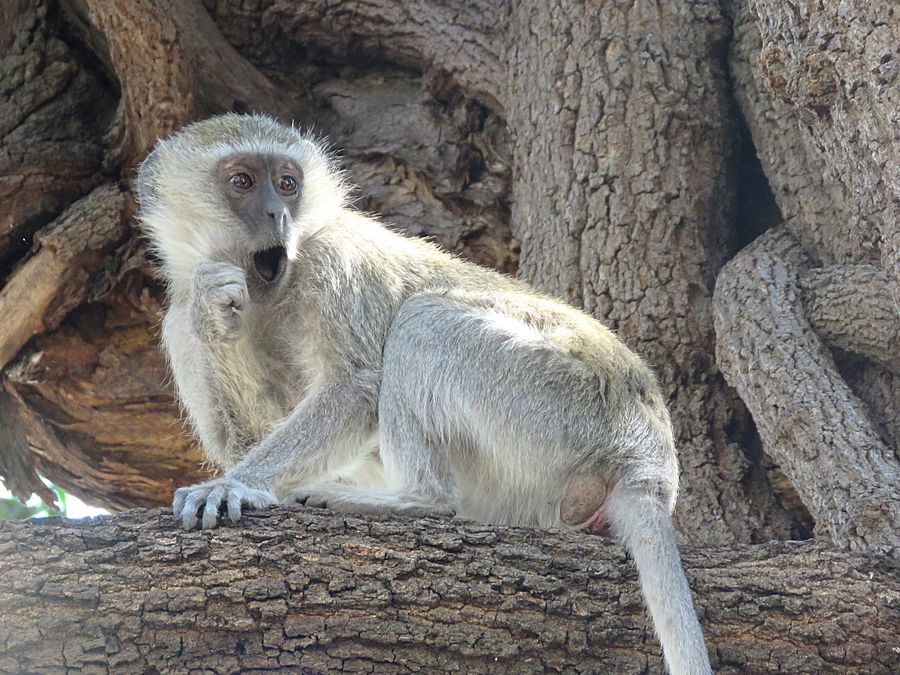
Not sure what was causing this expression.
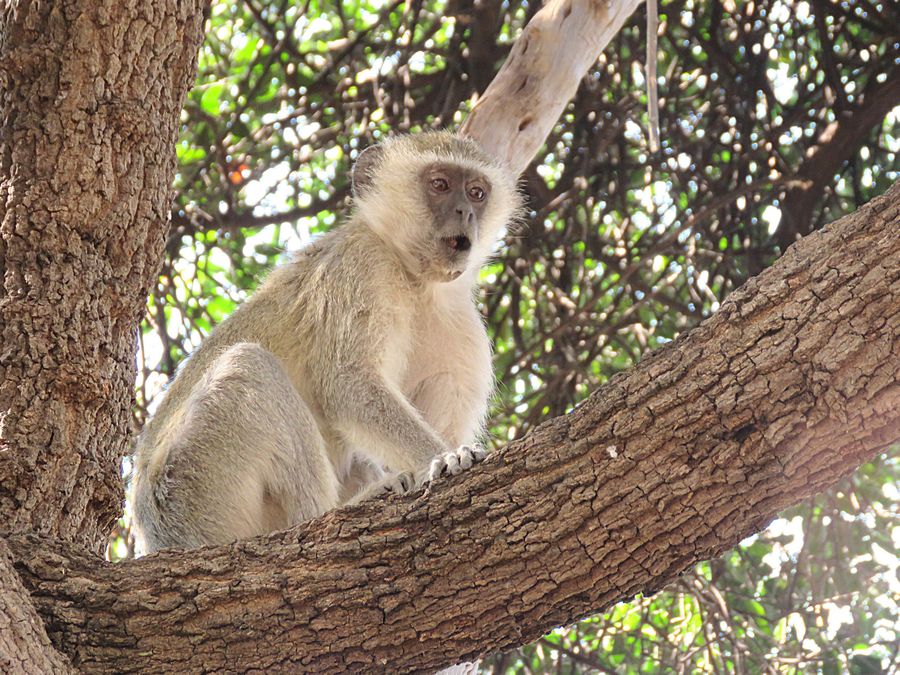
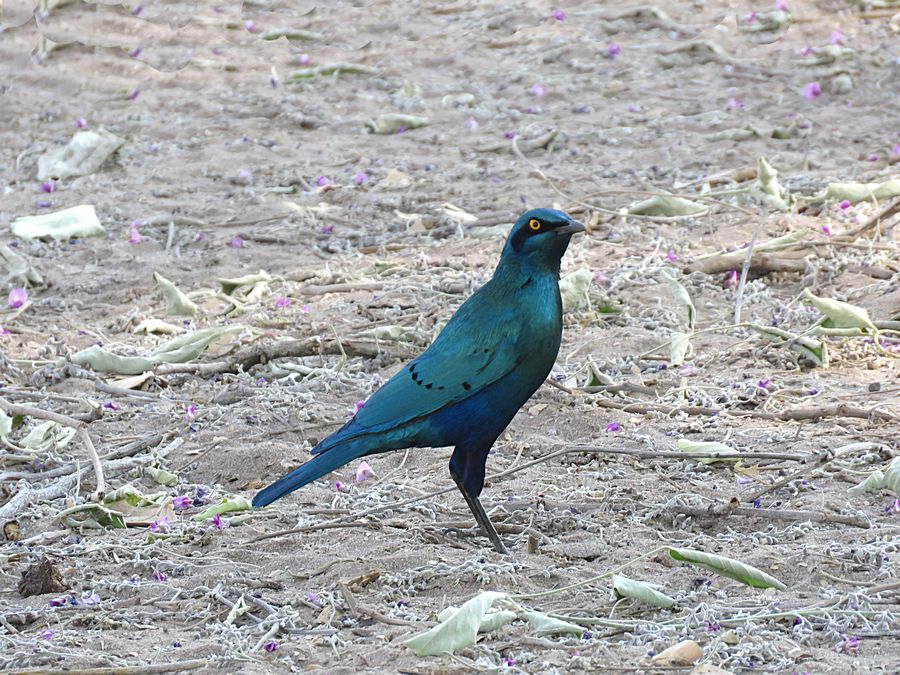
Greater Blue-eared Starling - has yellow eyes. Iridescent,
blue-green color.
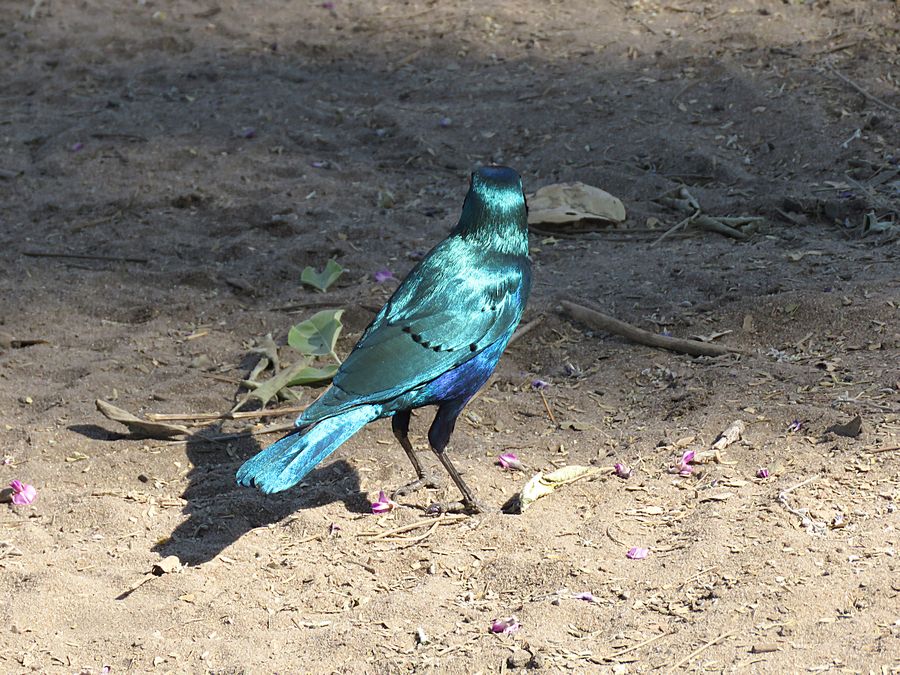
Can see the iridescent coloring better in this photo

Banded Mongoose - Lives in troops. Active during the day within a
defined home range. Packs move together but individuals
forage separately. They like birds' eggs, invertebrates, small
reptiles. Den is in a termite mound within a thicket.
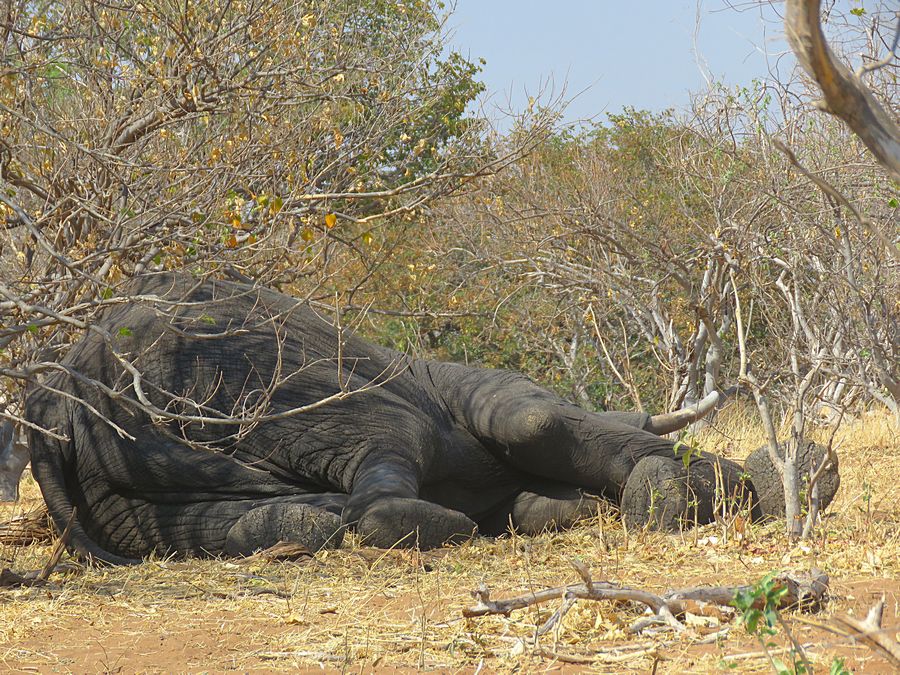
An elephant on its side. Did not see this anywhere else. Perhaps
it was dying.
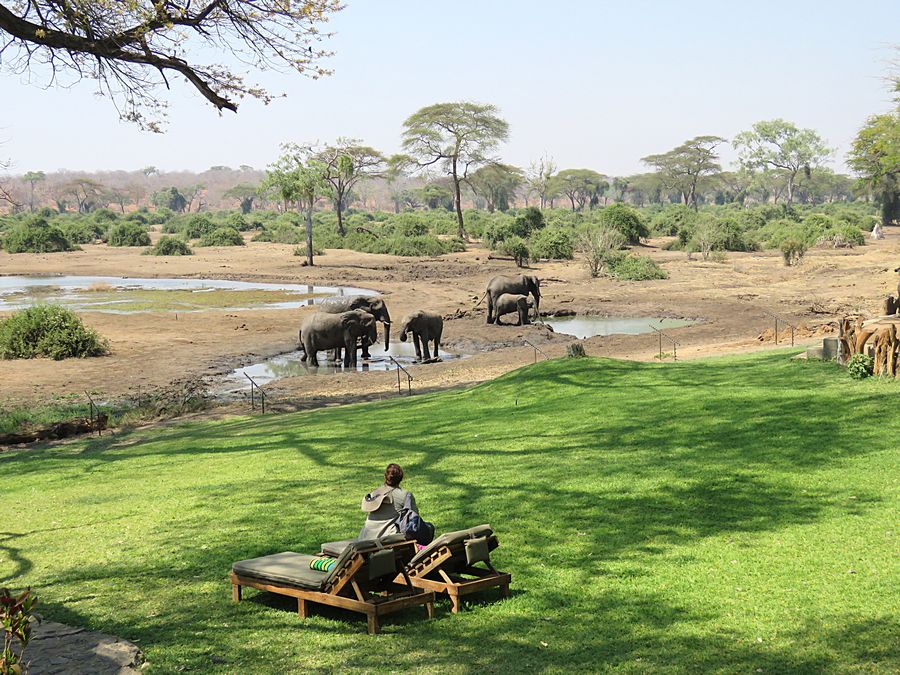
Enjoying the elephants from the Lodge grounds
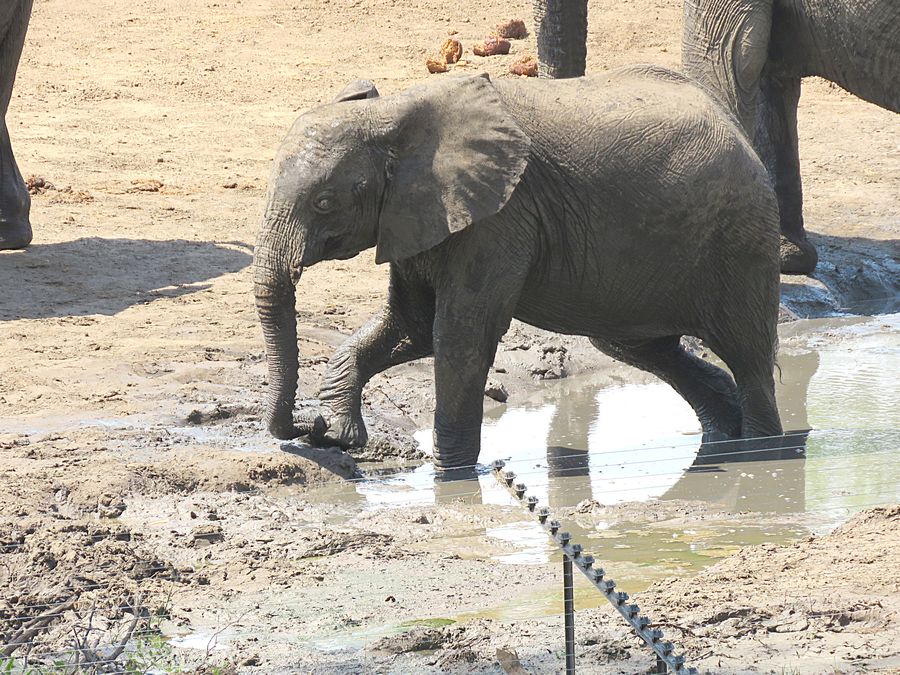
This baby does not yet have tusks that all
elephants eventually have, though male
tusks are bigger.
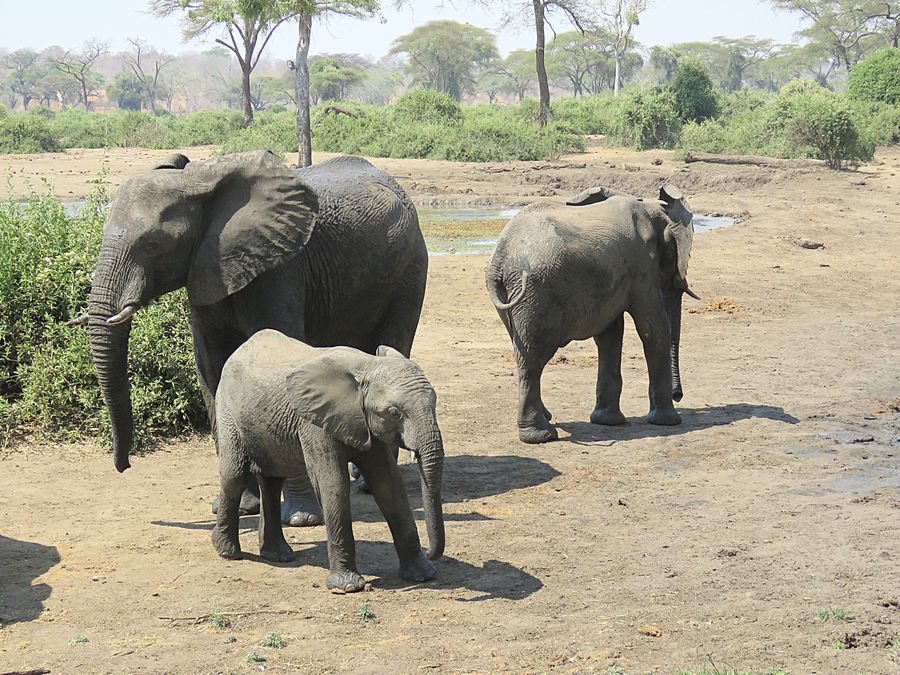
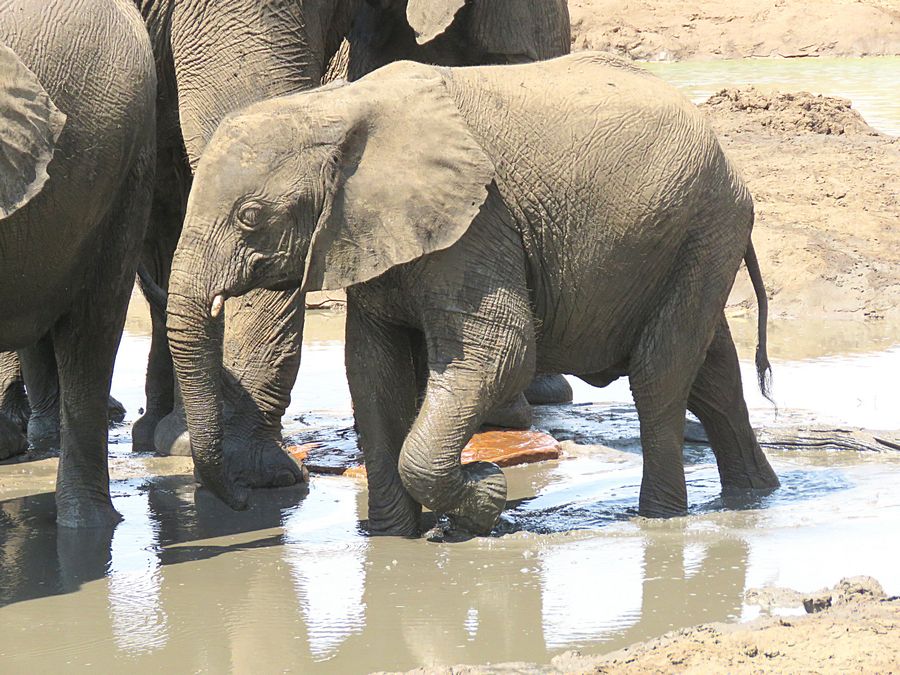
Notice that this baby is just beginning to grow tusks.
Link to Part Six, Page Four - Chobe National Park, Botswana
Pat's Home Page